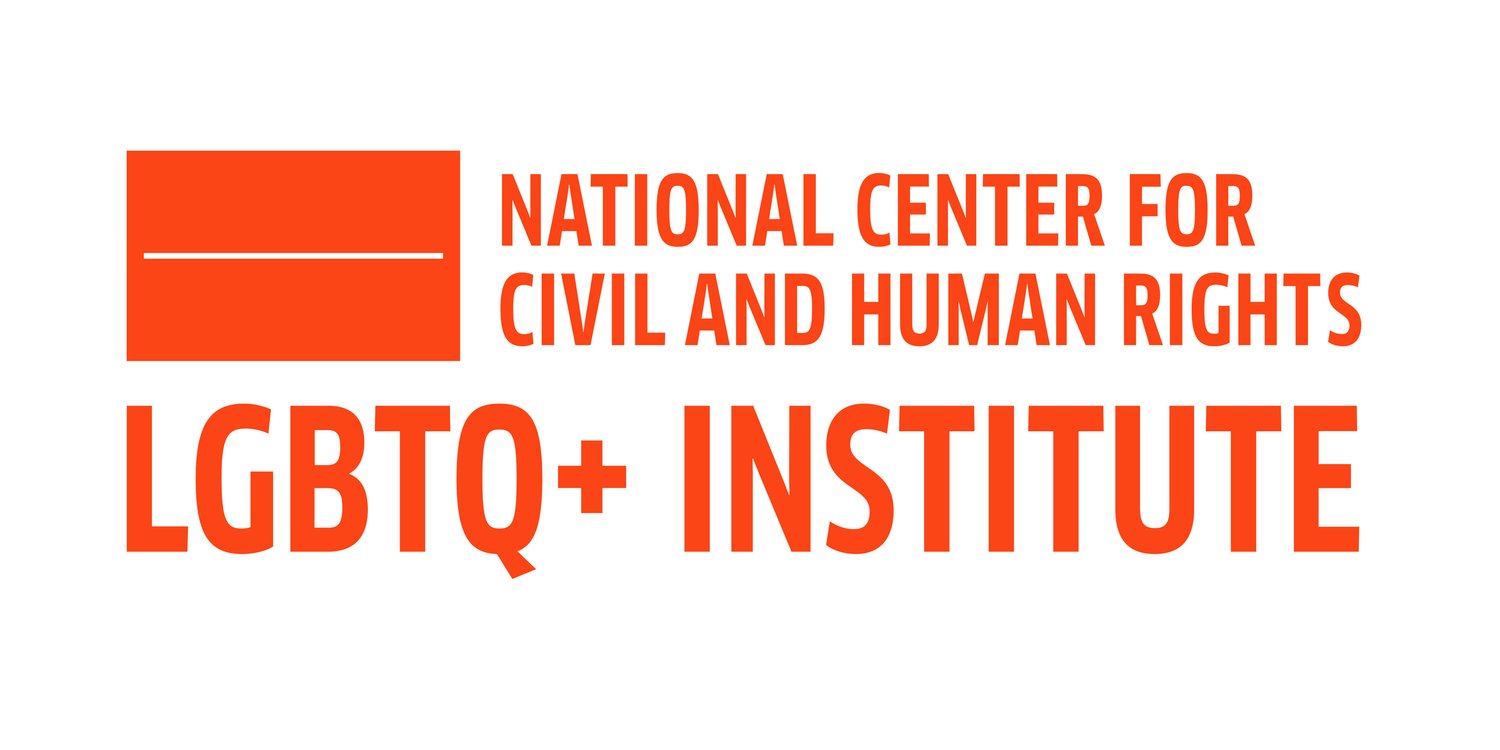By Laura Durso and Sarah McBride, Guest Contributors to Think Progress
The passing of Supreme Court Justice Antonin Scalia has sparked a political firestorm, with a new justice potentially casting deciding votes on issues ranging from abortion to campaign finance reform. Less than a year after the Court’s historic decision in Obergefell v. Hodges, which ensured a constitutional right to marry for same-sex couples, LGBT Americans are presented with a path forward – again through the Supreme Court – that could expand equal rights beyond the context of marriage, to include employment, housing, and education, among other areas of life.
Though the Supreme Court already had a majority in favor of nationwide marriage equality before the current vacancy, it’s less clear that a majority exists in favor of the next wave of LGBT litigation, which seeks to ban discrimination against LGBT people through arguments surrounding the interpretation of existing federal nondiscrimination laws.
Currently, a majority of states and the federal government lack explicit protections from discrimination based on sexual orientation and gender identity. Over the last several years, however, many lower courts and several executive agencies have begun to revisit whether sex discrimination protections, passed by Congress in the 1960s and 70s, include discrimination based on a person’s sexual orientation or gender identity.
LGBT litigator groups believe — and the Equal Opportunity Employment Commission and a growing number of courts have ruled — that because gender is at the core of anti-LGBT discrimination, such discrimination falls within existing sex protections. If the Supreme Court sided with those arguments, the ramifications would be huge: discrimination against LGBT people would be clearly and undeniably illegal in vital areas of life, from workplaces to schools.
The question at the core of the discrimination cases differs from the one answered in the Court’s majority opinion in Obergefell, meaning that the same coalition of five justices, particularly the inclusion of Justice Anthony Kennedy, may not exist in the context of nondiscrimination protections.
Chief Justice John Roberts, who was in the minority on the marriage equality decision, did cause some speculation around his position when he raised in oral arguments the prospect that marriage bans could amount to discrimination based on sex. The point went unaddressed in the majority decision and it’s not uncommon for justices to raise questions in oral arguments that they do not necessarily agree with.
Despite the fact that the Supreme Court has not yet grappled with these cases, LGBT people can file complaints with relevant courts and agencies and are seeing increasing success. Until the Supreme Court rules definitively, however, a patchwork of protections could develop with more conservative courts and judges disregarding the growing legal consensus.
Most recently, after a transgender student faced discrimination at his local high school, a federal judge in Virginia ruled that Title IX, which bans discrimination based on sex in federally funded education programs, does not include gender identity. The student’s attorneys are now appealing the judge’s ruling to the Fourth Circuit Court of Appeals and the Obama Administration has weighed in on the side of the student. This January, another judge rejected the argument that sexual orientation was covered under Title VII, which bans discrimination based on sex, among other classes, in employment. Similar disagreements could occur in courts across the country.
The route for LGBT nondiscrimination protections through the judicial branch is not a panacea. LGBT people would only be able to gain protections from discrimination committed by private (non-governmental) entities in the areas of life where sex is already explicitly included in relevant civil rights laws.
For example, the federal government still lacks nondiscrimination laws based on sex in public accommodations, like restaurants and hotels, which means that legislative action is necessary to secure protections throughout daily life. Last summer, nearly 200 members of Congress introduced the Equality Act, which would add LGBT people to all major federal nondiscrimination laws including public accommodations.
For LGBT people and their families, the next wave of LGBT equality litigation could very well hinge on the upcoming Supreme Court nomination battle. Protections in employment and housing could hang in the balance. It’s possible that one of the remaining conservative justices could side with LGBT plaintiffs, but it is far from assured.
Today, it’s likely that there are four firm votes on the Court in favor of including LGBT people in existing nondiscrimination laws. President Obama’s nominee could be the pivotal fifth vote.
